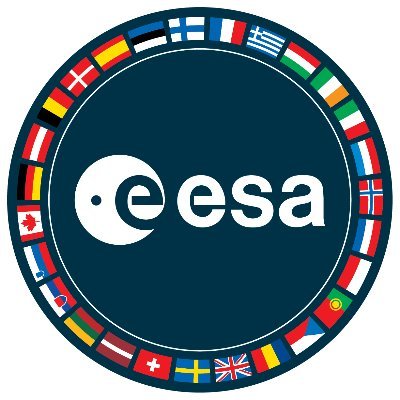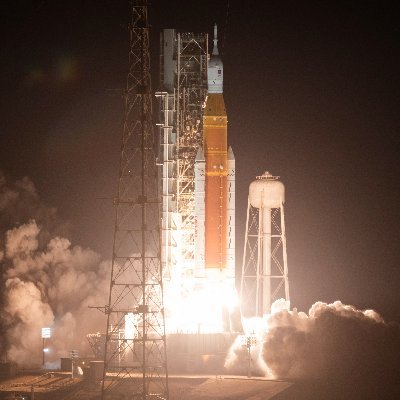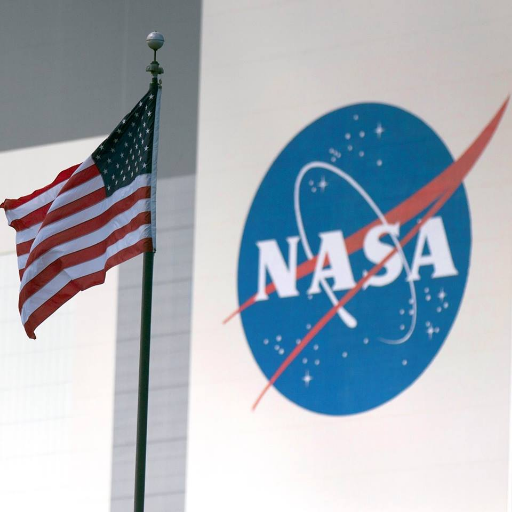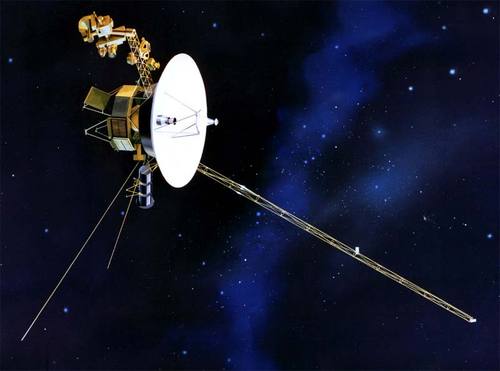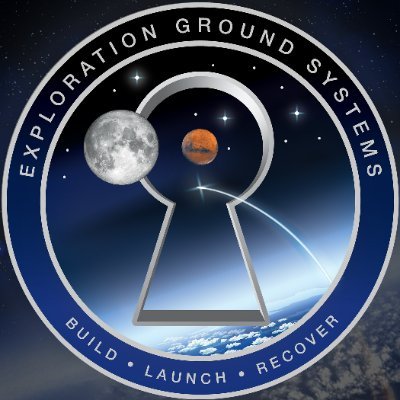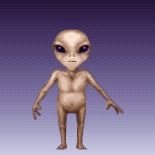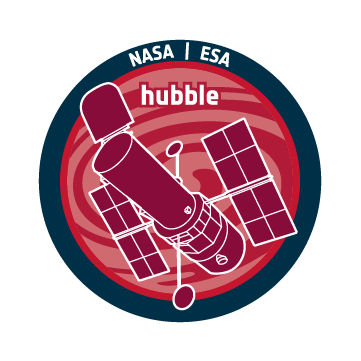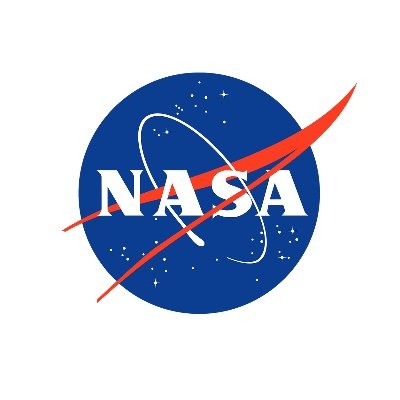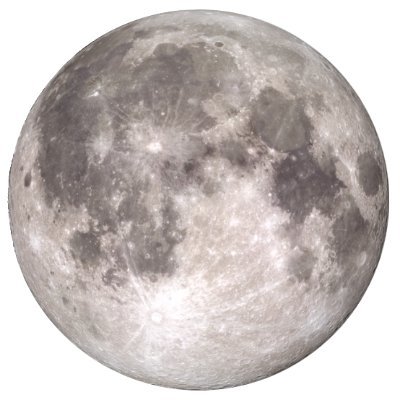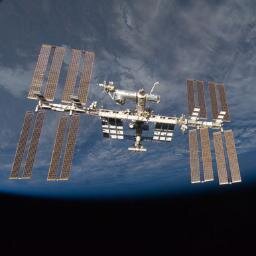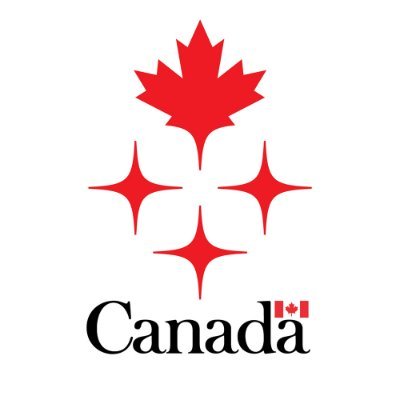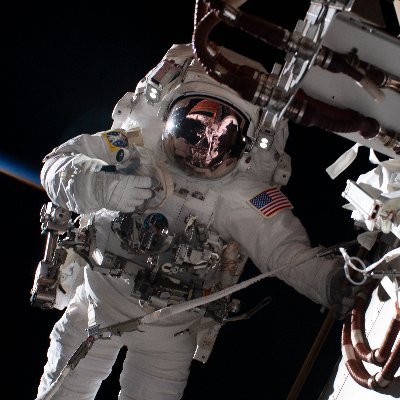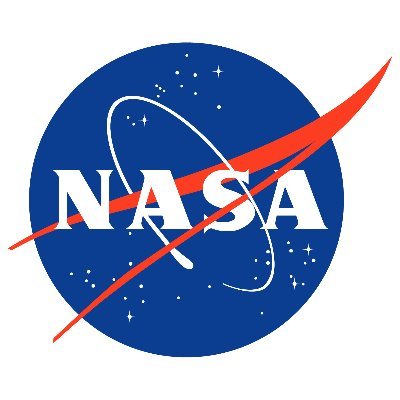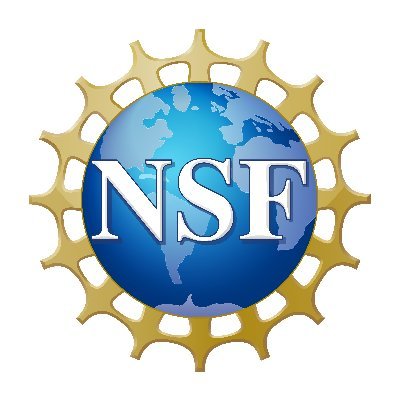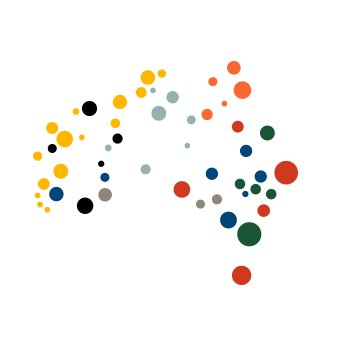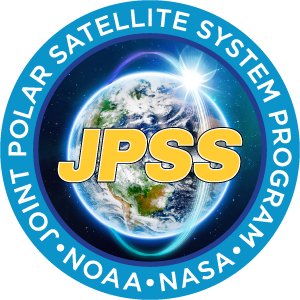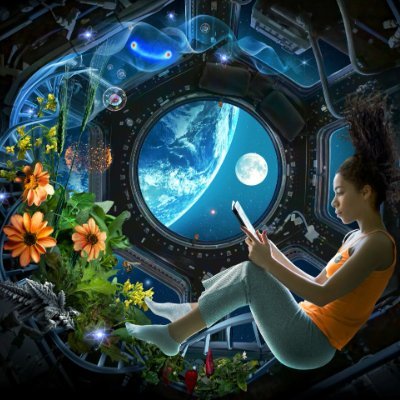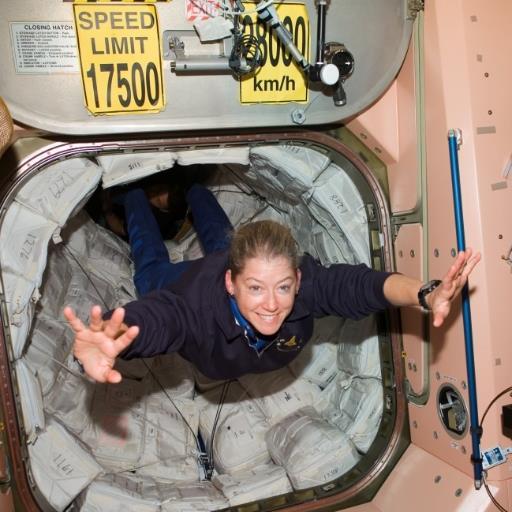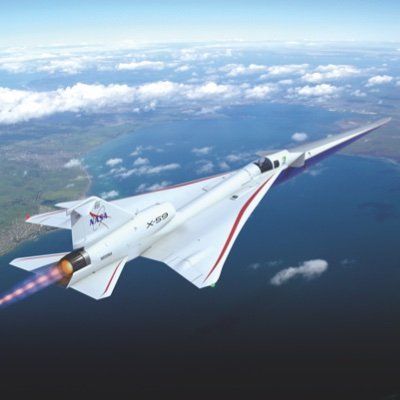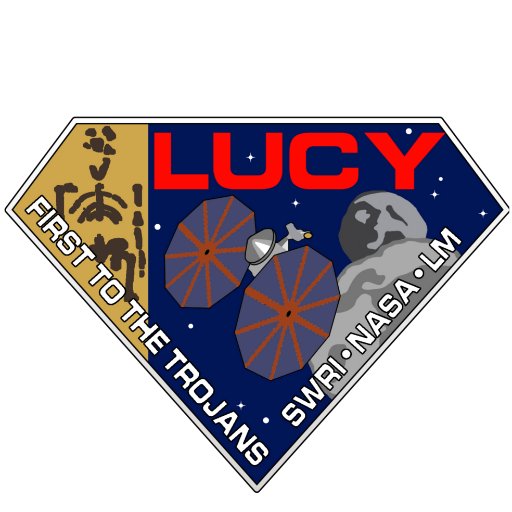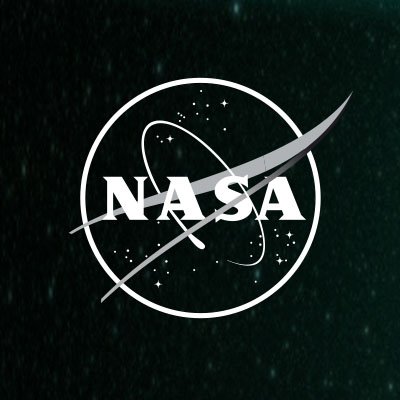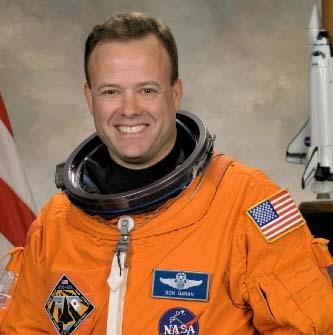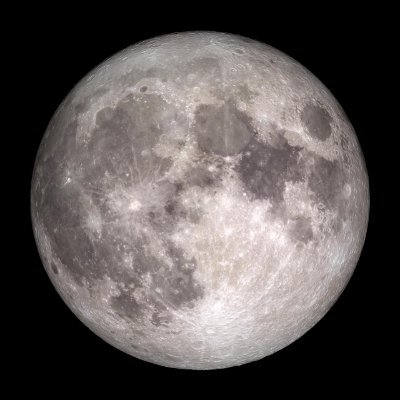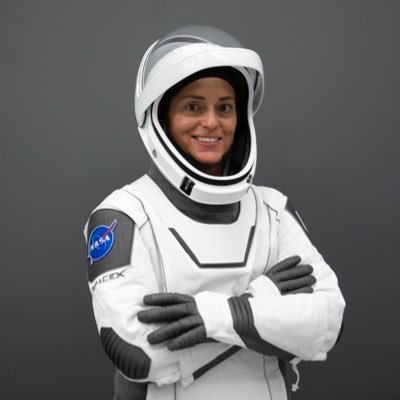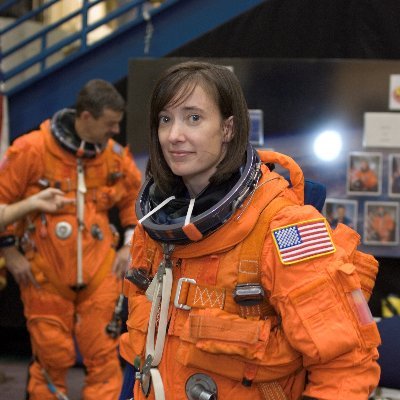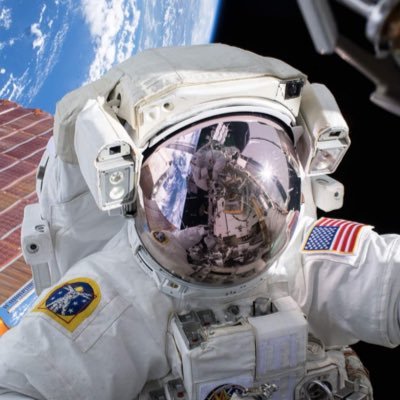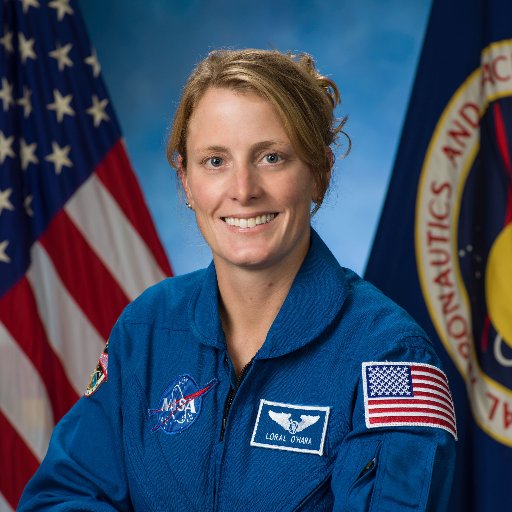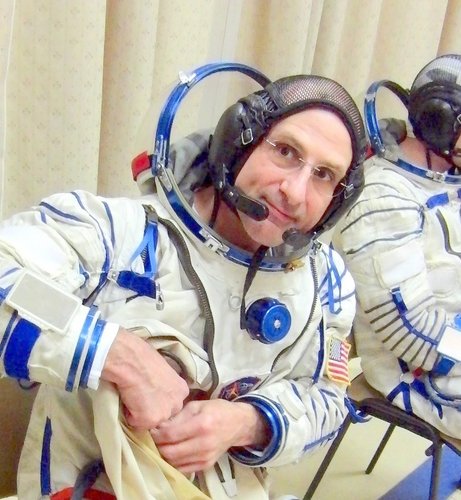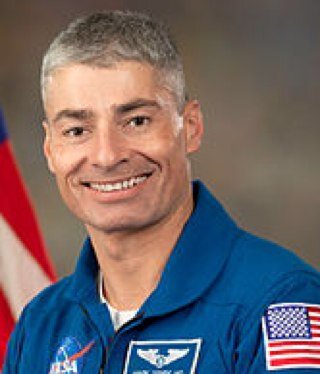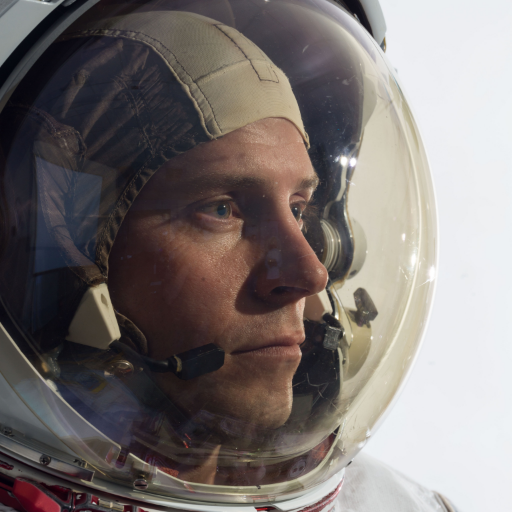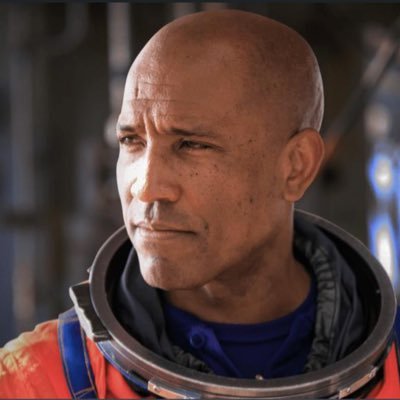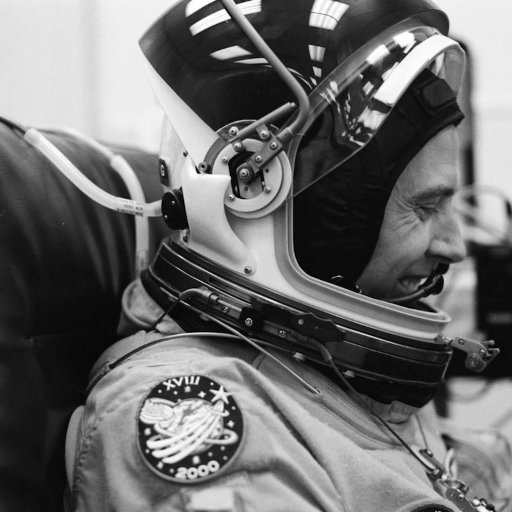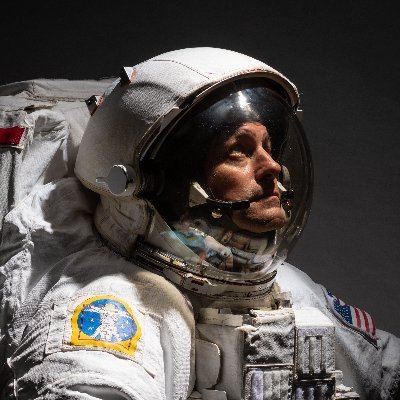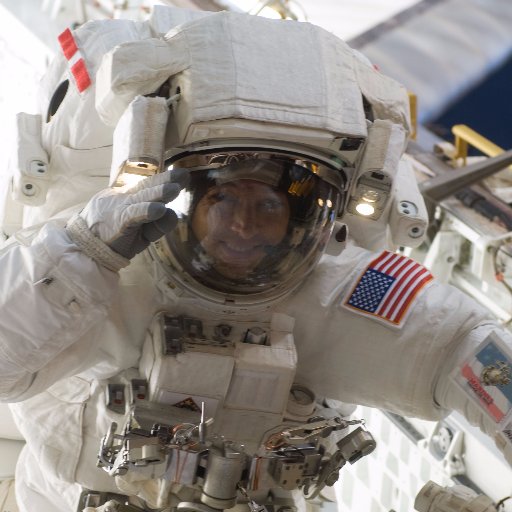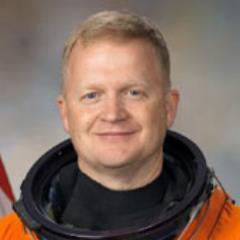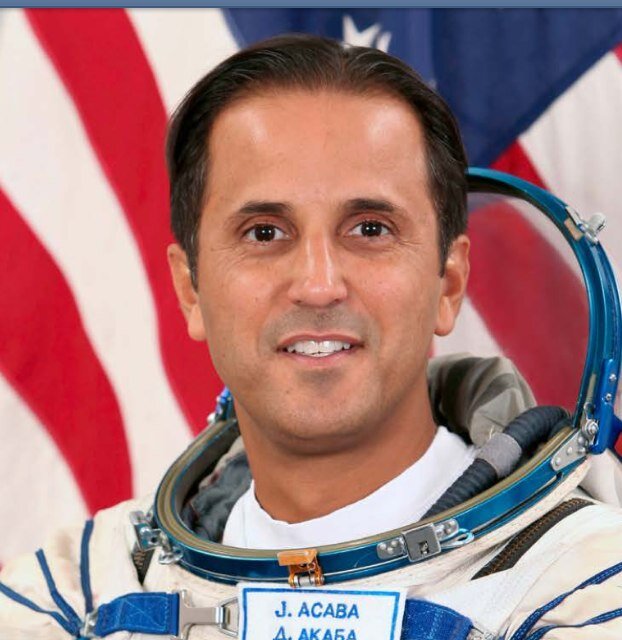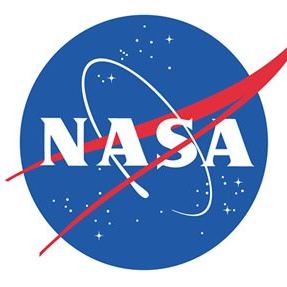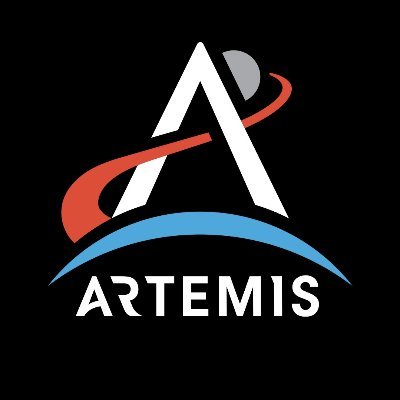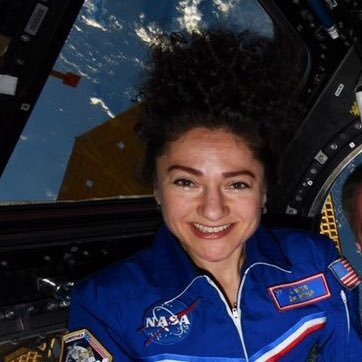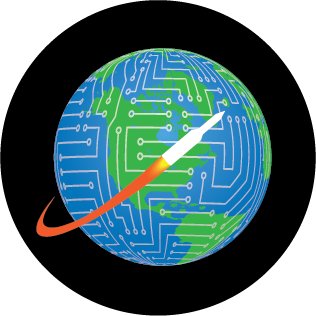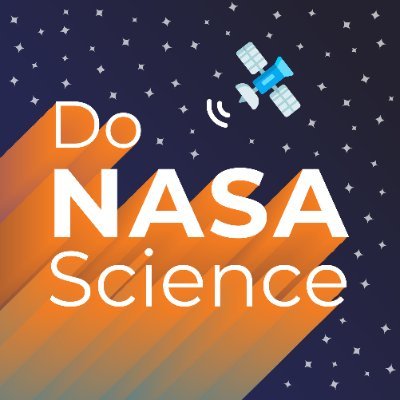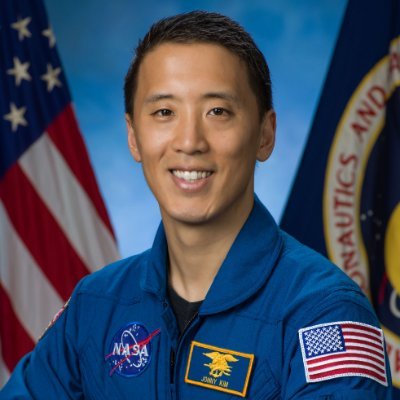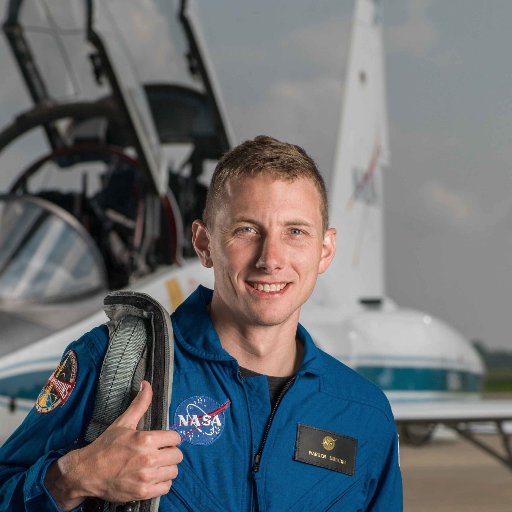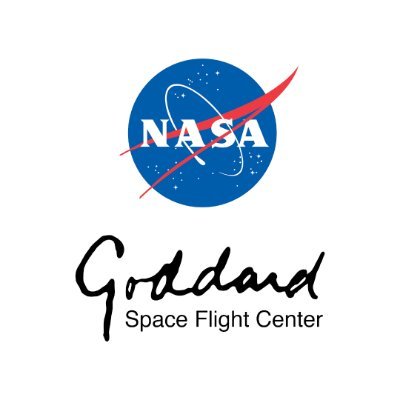
NASA Goddard
@NASAGoddardWelcome to your friendly neighborhood space flight center, home to the largest community of scientists & engineers on Earth. Verification: https://t.co/pNeQVaC40m
Similar User

@NASAWebb

@NASA_Langley

@NASA_Marshall

@NASAArmstrong

@NASA_Johnson

@NASAHubble

@NASAJPL

@Space_Station

@NASAglenn

@NASASolarSystem

@NASA_Technology

@NASAExpeditions

@NASASun

@NASAMars

@NASAUniverse
We believe space is for everyone. We're working to make our videos accessible to more people. This #NDEAM, explore our playlist of videos with audio descriptions: youtube.com/playlist?list=…
Four storms churned in the Western Pacific Ocean in Nov. 2024, the first time on record in that area in November. @NASA's EPIC instrument on the DSCOVR satellite took this image on Nov. 11, when the storms were approaching or just past the Philippines. go.nasa.gov/48M4zpP

Trivia question! 📝 Which of these best describe a brown dwarf? A) A small planet orbiting a star B) A stellar object that’s not quite a star or a planet, ranging from ~13 to 75 Jupiter masses C) A star before it's a black hole D) A clump of dust, ice, and rock

Just passing by? New observations with Hubble support some scientists' theory that the Large Magellanic Cloud, a dwarf galaxy neighbor to our Milky Way, has just completed its closest approach. This encounter has blown away much of the "halo" of gas that surrounds the LMC.

The final puzzle piece is here! After passing final thermal vacuum testing at @L3HarrisTech, the Nancy Grace Roman Space Telescope's Optical Telescope Assembly has arrived at @NASAGoddard 📸: NASA/Chris Gunn go.nasa.gov/4fIHV3N



More than 78% of the U.S. population was in abnormal dryness & drought conditions on Oct. 29, driven by dry, warm conditions, according to the U.S. Drought Monitor. The monitor uses measurements & computer models from NASA to track drought nationally. go.nasa.gov/3Z1A8Zo

This photo was captured with a phone! 👇 🤩 Whether you have a manual camera or a smartphone, check out our tips for getting great shots of auroras: go.nasa.gov/48Mj64y 📸: NASA/Lacey Young

Sea levels are rising and NASA data is helping communities prepare. Now you can find sea level rise projections for coastlines around the world out to the year 2150 on the new global sea level change site. Explore: earth.gov/sealevel

Spot the difference 👁️ These two @NASAHubble images of spiral galaxy NGC 1672, taken 12 years apart, capture the galaxy before and after a star went supernova. This core collapse, followed by explosion, made the previously invisible star visible to us. go.nasa.gov/4ft5nm4


Webb has its eye on Titan, a moon of Saturn, a place where methane and ethane make up its liquid rivers and seas. Learn more about future Titan studies in Other Worlds Episode 3. NASA+: plus.nasa.gov/video/other-wo… Youtube: youtu.be/LkYPsWnsBOc
To all the veterans in our NASA family & beyond, thank you for your service. Consider joining us for the next chapter of your journey, whether you’re a service member transitioning from duty through NASA SkillBridge, or looking for your next mission: go.nasa.gov/3YJefMY

*Cue the guitar riff* “Sea smoke” on the water appears in this #Landsat image of Pine Island Glacier in Antarctica, where cold air blows from the continent’s surface over relatively warmer seawater. go.nasa.gov/4faNBU9

Take a deep dive into how our optics team keeps Webb’s mirrors in top performance shape, enabling it to continue seeing the universe in unprecedented detail. (Hint: by making small adjustments to the mirror segments as shown here.) go.nasa.gov/40D9Ttm
October 2024 was the second-hottest October in @NASAGISS' record, GISTEMP. This Oct. was 1.32°C (or about 2.38°F) above the long-term 1951-1980 average. It was slightly cooler than Oct. 2023, though the margins of error overlap, so the two are effectively tied.

“[The goal] is doing the right thing when no one is looking. Integrity.” For #NativeAmericanHeritageMonth, @NASAGoddard contract specialist Miranda Meyer shares the values that guide her work. go.nasa.gov/4ek2qm7

Intense rainfall flooded Valencia province in eastern Spain on Oct. 29, after which recurring storms exacerbated flooding in the southwest and along its eastern coast. This map shows total rainfall from Oct. 29 to Nov. 4 using remotely sensed estimates. go.nasa.gov/4hESQgD

The ozone hole continues to heal. Each year, it reaches an annual max extent. This year's extent was the seventh smallest since the ozone layer began recovery after the adoption of an international agreement phasing out use of ozone-depleting chemicals. go.nasa.gov/3YQQkwq
United States Trends
- 1. $CUTO 7.361 posts
- 2. Tyson 365 B posts
- 3. Laken Riley 30,7 B posts
- 4. Pence 40,3 B posts
- 5. Dora 21,4 B posts
- 6. Ticketmaster 15 B posts
- 7. #FursuitFriday 14,8 B posts
- 8. DeFi 104 B posts
- 9. Iron Mike 15 B posts
- 10. The UK 417 B posts
- 11. Pirates 16,7 B posts
- 12. Scholars 10,4 B posts
- 13. #FridayVibes 7.634 posts
- 14. #AmericaRecyclesDay N/A
- 15. #FridayMotivation 3.849 posts
- 16. Oscars 13,2 B posts
- 17. Wallo 7.391 posts
- 18. Conan 21,7 B posts
- 19. #FlashbackFriday 1.697 posts
- 20. Jose Ibarra 11,7 B posts
Who to follow
-
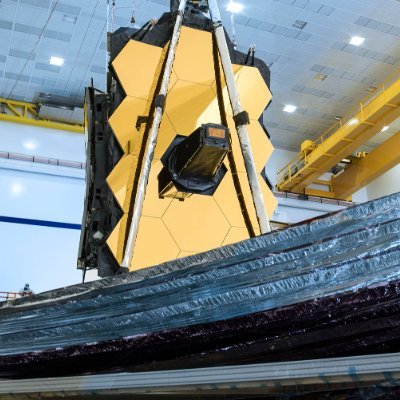 NASA Webb Telescope
NASA Webb Telescope
@NASAWebb -
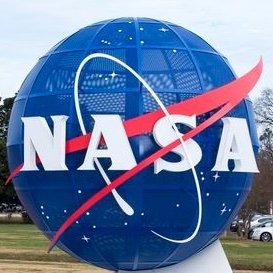 NASA Langley Research Center
NASA Langley Research Center
@NASA_Langley -
 NASA Marshall
NASA Marshall
@NASA_Marshall -
 NASA Armstrong
NASA Armstrong
@NASAArmstrong -
 NASA's Johnson Space Center
NASA's Johnson Space Center
@NASA_Johnson -
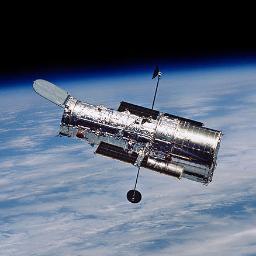 Hubble
Hubble
@NASAHubble -
 NASA JPL
NASA JPL
@NASAJPL -
 International Space Station
International Space Station
@Space_Station -
 NASA's Glenn Research Center
NASA's Glenn Research Center
@NASAglenn -
 NASA Solar System
NASA Solar System
@NASASolarSystem -
 NASA Technology
NASA Technology
@NASA_Technology -
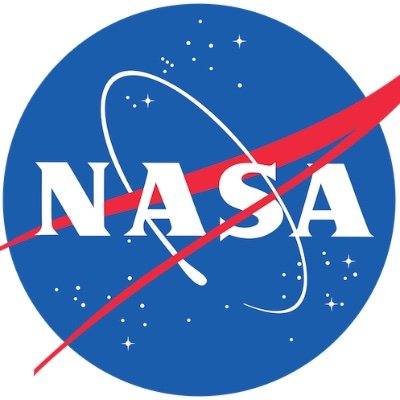 NASA Expeditions
NASA Expeditions
@NASAExpeditions -
 NASA Sun & Space
NASA Sun & Space
@NASASun -
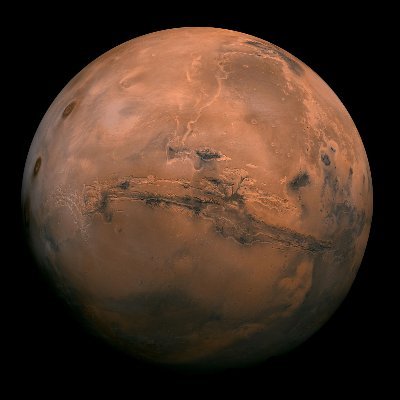 NASA Mars
NASA Mars
@NASAMars -
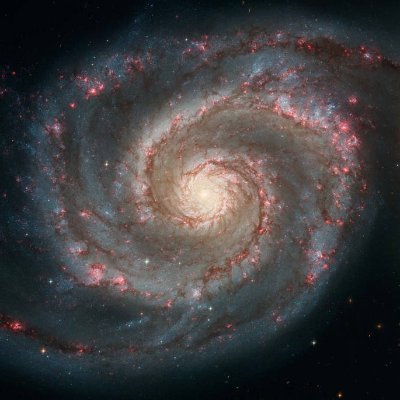 NASA Universe
NASA Universe
@NASAUniverse
Something went wrong.
Something went wrong.

